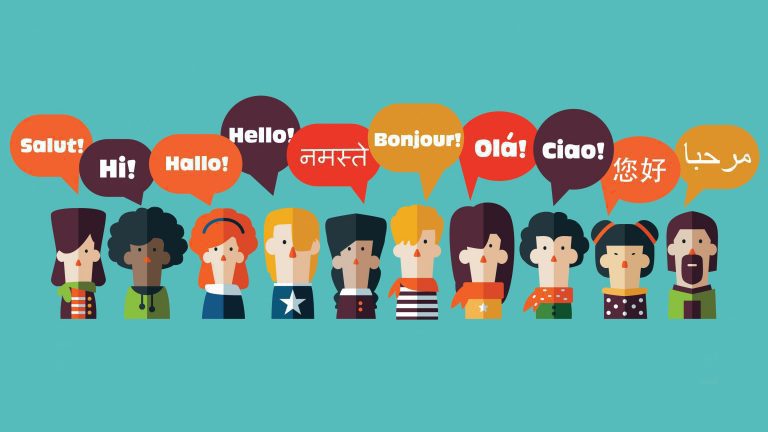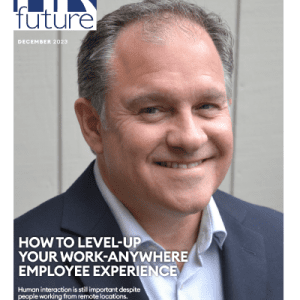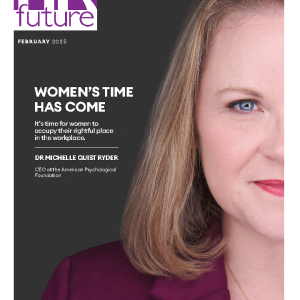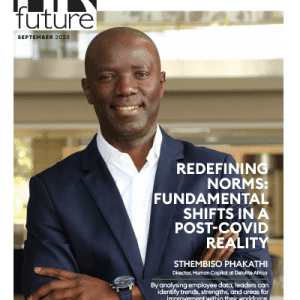Business leaders have a responsibility to promote diversity and inclusion.
The onset of the COVID-19 pandemic turned the business landscape on its head. Companies made changes—some very drastic—to sustain operations while complying with government-mandated health and safety protocols. As these rules begin to relax in certain places of the world, businesses aren’t the only ones facing changes.
Company culture – or its underlying beliefs, values and ways of interacting that make up the organization’s unique environment – is one aspect that will be greatly affected by the “new normal”. Pre-pandemic company culture was made apparent in the ways employees interact and collaborate, as well as how management practised leadership and mentoring.
Now, this unspoken yet strongly felt aspect of the workplace is anticipated to transform in the following ways:
Less spontaneous workplace connections
Before the crisis, one of the most significant factors in building and imparting company culture was through regular in-person interactions. From meetings in shared spaces like pantries and break rooms to spur-of-the-moment collaborations and brainstorming sessions, these moments further fuel positive social interactions and foster good working relationships.
Unfortunately, the return to on-site operations is not without caveats. Far fewer staff will be working in the office, with social distancing and sneeze guards or other necessary barriers being par for the course. Open-plan offices, which were master-planned for spontaneous collaboration, now pose risks of infection if left unaltered.
Combined with the increased adoption of a remote work model, these connections are likely to occur less often.
This decline may affect the way new hires absorb and feel the company culture and interrupt established routines and dynamics, which may leave more experienced employees lost or even less productive.
Better flexibility and digital collaboration
With the mandated health regulations necessary for on-site operations, companies are beginning to consider more flexible operation models. For some, the new normal presents an opportunity to explore FlexiPlace – a working setup that’s a mix of on- and off-site hours.
To support this shift better, tools for team communication and productivity become indispensable to the virtual workplace.
These digital tools enable employees to make up for the gaps that arise from a remote work setup – such as the decrease in face-to-face interaction and collaboration opportunities—while ensuring that goals and objectives are accomplished. Furthermore, they can be leveraged to improve overall productivity.
Digital tools also play a vital role in transforming the way company culture is sustained and imparted. In the place of spontaneous interactions, video conferencing and virtual activities can be used more deliberately to cultivate better working and social relationships. They can also be used to open up channels of communication, whether for work or more social purposes.
Emphasis on caregiving and compassion
At the height of the pandemic, an Internet connection and access to a smart device or computer became the lifelines for both individuals and companies alike. In the face of a possibly fatal and highly contagious virus, one’s health and overall well-being became a top priority.
Aside from this, the adjustments to a more sterile and less organic virtual workplace left many employees struggling to remain productive. Even a work-from-home setup proved to be problematic – the lack of clear boundaries between the home and the workspace contributed to a lack of focus and drop in morale.
In light of these changes, it has become necessary for companies to take a more empathetic approach with their employees. While pre-pandemic company culture may have emphasized performance and hard work, the lasting effects of COVID on the workforce are painful reminders that employees are still human.
Company culture is now moving towards adequately addressing employees’ needs and concerns – whether medical, financial, emotional, social, and more. Until a vaccine is greenlit for public use, putting a greater emphasis on safeguarding one’s health demonstrates a company’s ability to care for its people.
This is done through on-site preventative measures, routine check-ins, adjusting leaves and health policies to accommodate the additional risk, and creating a pool of knowledge to bolster this newfound focus. Providing mental health support and encouraging organic connections make a more positive impact and elevate the working environment.
Starting regular dialogues between managers and employees can help facilitate open and transparent communication, creating a safe space where they can adequately express their emotions and process their feelings in light of these uncertain times along the way.
Changes in leadership style
The pandemic-driven changes in the workplace need to be complemented by a more robust yet transformational style of leadership. Previously, assertiveness and goal-oriented leadership were the backbones of excellent leadership. Now, leaders should lean into a more vulnerable strategy to build relationships better with their people.
Leaders now need to focus on an environment that puts the focus on resiliency, rather than efficiency. By approaching the work environment from a place of compassion, they can “walk the talk” of their company culture. This change will not only make employees feel valued and cared for but will also enable them to work better and flourish within the company.
A worthwhile shift
At the start of the crisis, company culture remained the same, even as the business landscape began to change. The risks imposed by the virus, coupled with the changes in operations, have shifted the focus and values that companies hold. Now, in a post-COVID world, those who emphasize care and well-being while enabling digital innovation are poised for rebuilding and growth in the coming future.
Regina del Rosario is a Recruitment Specialist at Booth and Partners in Manila, Philippines. She has a solid background in conducting interviews with multiple candidates to identify the one with the most potential. She has hired over 100 applicants for positions in dozens of industries and campaigns, at levels ranging from interns to upper-level management.























